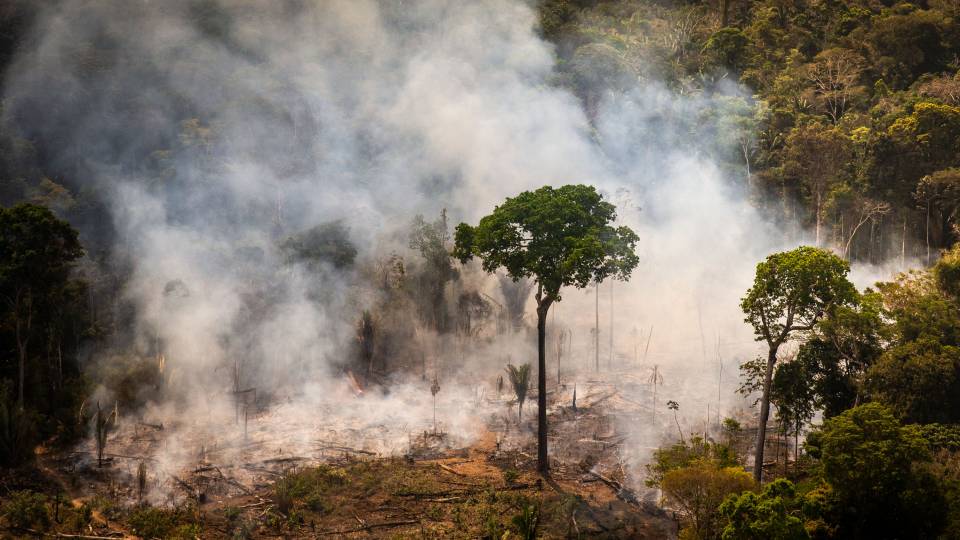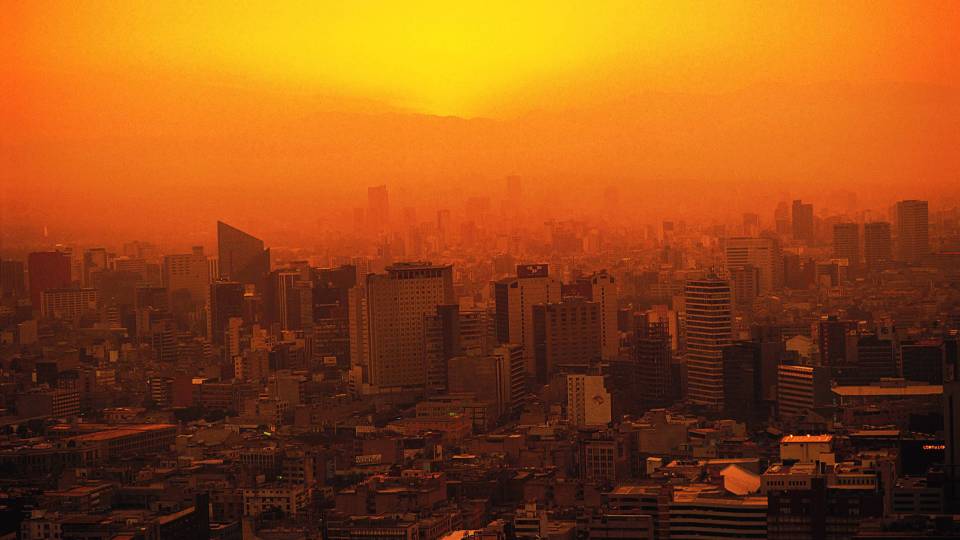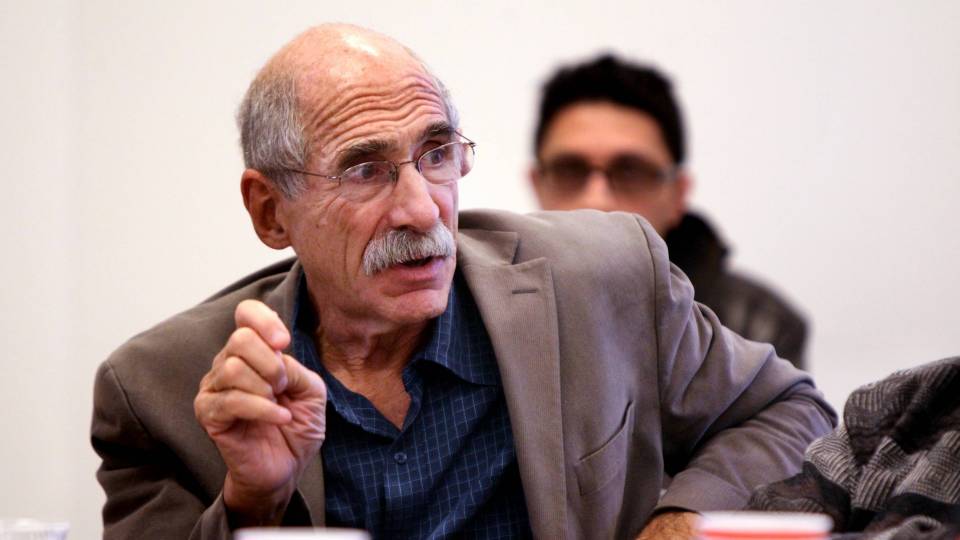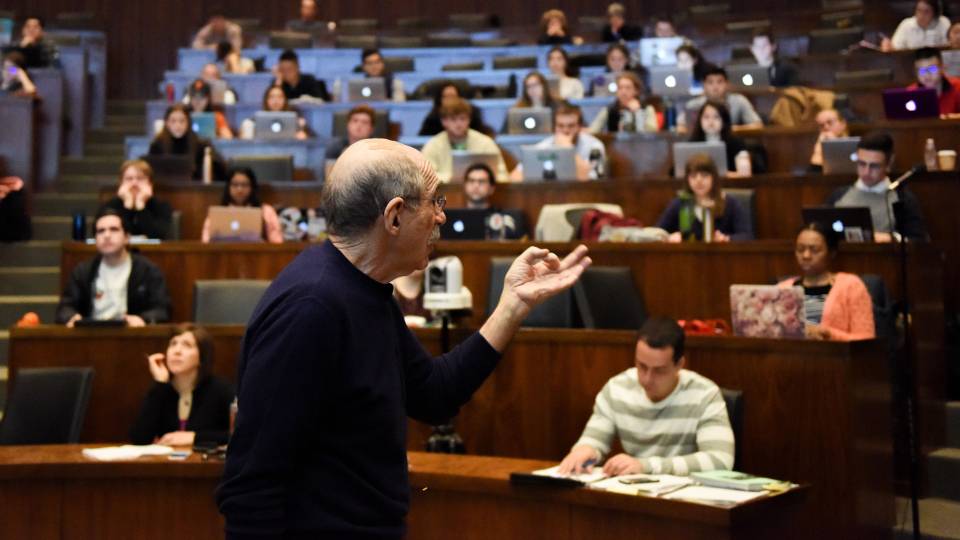This map shows county-level annual damages in a median scenario for climate during 2080-2099 under business-as-usual emissions trajectory. Negative damages indicate economic benefits.
Unmitigated climate change will make the United States poorer and more unequal, according to a study published June 29 in the journal Science. The poorest third of counties could sustain economic damage costing as much as 20 percent of their income if warming proceeds unabated.
States in the South and lower Midwest, which tend to be poor and hot already, will lose the most, with economic opportunity traveling northward and westward. Colder and richer counties along the northern border and in the Rockies could benefit the most as health, agriculture and energy costs are projected to improve.
Overall, the study — whose authors include Michael Oppenheimer(Link is external), Princeton’s Albert G. Milbank Professor of Geosciences(Link is external) and International (Link is external)Affairs and the Princeton Environmental Institute(Link is external), and Ph.D. student DJ Rasmussen — projects losses, economic restructuring and widening inequality. The study was led by Solomon Hsiang of the University of California-Berkeley, Robert Kopp of Rutgers University-New Brunswick, Amir Jina of the University of Chicago, and James Rising, also of UC-Berkeley. Earlier, Hsiang and Kopp worked with Oppenheimer as postdoctoral fellows in the Woodrow Wilson School of Public and International Affairs(Link is external)’ Program in Science, Technology and Environmental Policy, where Rasmussen is doing his studies.
“Unmitigated climate change will be very expensive for huge regions of the United States,” said Hsiang, Chancellor’s Associate Professor of Public Policy at UC-Berkeley. “If we continue on the current path, our analysis indicates it may result in the largest transfer of wealth from the poor to the rich in the country’s history.”
The pioneering study may settle the debate over whether climate change will help or hurt the U.S. economy, being the first to use state-of-the-art statistical methods and 116 climate projections developed by scientists around the world to price the impacts of climate change the way the insurance industry or an investor would, comparing risks and rewards.
“These new empirical approaches have revolutionized the estimation of climate impacts in less than a decade, and this study is the culmination of the first comprehensive application of these methods to the U.S. economy,” Oppenheimer said.

Michael Oppenheimer, one of the study’s co-authors, is Princeton’s Albert G. Milbank Professor of Geosciences and International Affairs and the Princeton Environmental Institute.
The team of economists and climate scientists computed the real-world costs and benefits: how agriculture, crime, health, energy demand, labor and coastal communities will be affected by higher temperatures, changing rainfall, rising seas and intensifying hurricanes.
“In the absence of major efforts to reduce emissions and strengthen resilience, the Gulf Coast will take a massive hit,” said Kopp, a professor of Earth and planetary sciences at Rutgers. “Its exposure to sea-level rise — made worse by potentially stronger hurricanes — poses a major risk to its communities. Increasingly extreme heat will drive up violent crime, slow down workers, amp up air conditioning costs, and threaten people’s lives.”
Rasmussen said that quantifying the costs of climate change early on may encourage preventative efforts to reduce future risks, including those along the coastline.
“By equipping coastal managers with estimates of the costs that might result from sea-level rise, they may be better prepared to weigh the decision to invest in flood protection against continuing to ignore the problem,” he said.
If emissions growth is not slowed, then the resulting 6-10 degrees Farenheit (3-5 degrees C) of warming above 19th-century levels projected for the last two decades of this century will have costs on par with the Great Recession — except they will not go away afterward and damages for poor regions will be many times larger.
“The ‘hidden costs’ of carbon dioxide emissions are no longer hidden, since now we can see them clearly in the data,” said Jina, a postdoctoral scholar in the Department of Economics at Chicago. “The emissions coming out of our cars and power plants are reshaping the American economy. Here in the Midwest, we may see agricultural losses similar to the Dustbowl of the 1930s.”
The study is the first of its kind to price warming using data and evidence accumulated by the research community over decades. From this data, the team estimates that for each 1 degree Fahrenheit (0.55 degree C) increase in global temperatures, the U.S. economy loses about 0.7 percent of Gross Domestic Product, with each degree of warming costing more than the last. This metric can help the country manage climate change as it does other systematic economic risks, as in the way the Federal Reserve uses interest rates to manage the risk of recession.
“We could not have done this study without the ongoing revolution in big data and computing,” said Rising, a Ciriacy-Wantrup Postdoctoral Fellow at UC-Berkeley, describing the 29,000 simulations of the national economy run for the project. “For the first time in history, we can use these tools to peer ahead into the future. We are making decisions today about the kinds of lives we and our children want to lead. Had the computing revolution come 20 years later, we wouldn’t be able to see the economic hole we’re digging for ourselves.”
Hsiang, Kopp, Jina, Rising, Rasmussen and several of their co-authors are members of the Climate Impact Lab, a consortium that is building upon the study’s trailblazing approach to compute climate risks around the world.
Co-authors of the study also include Michael Delgado, Shashank Mohan, Kate Larsen and Trevor Houser of the economic analysis firm Rhodium Group, and Robert Muir-Wood and Paul Wilson of the risk modeling and data analytics company RMS.
The research was funded by grants from the National Science Foundation, the U.S. Department of Energy, Skoll Global Threats Fund, and a nonpartisan grant awarded jointly by Bloomberg Philanthropies, the Office of Hank Paulson and Next Generation.










